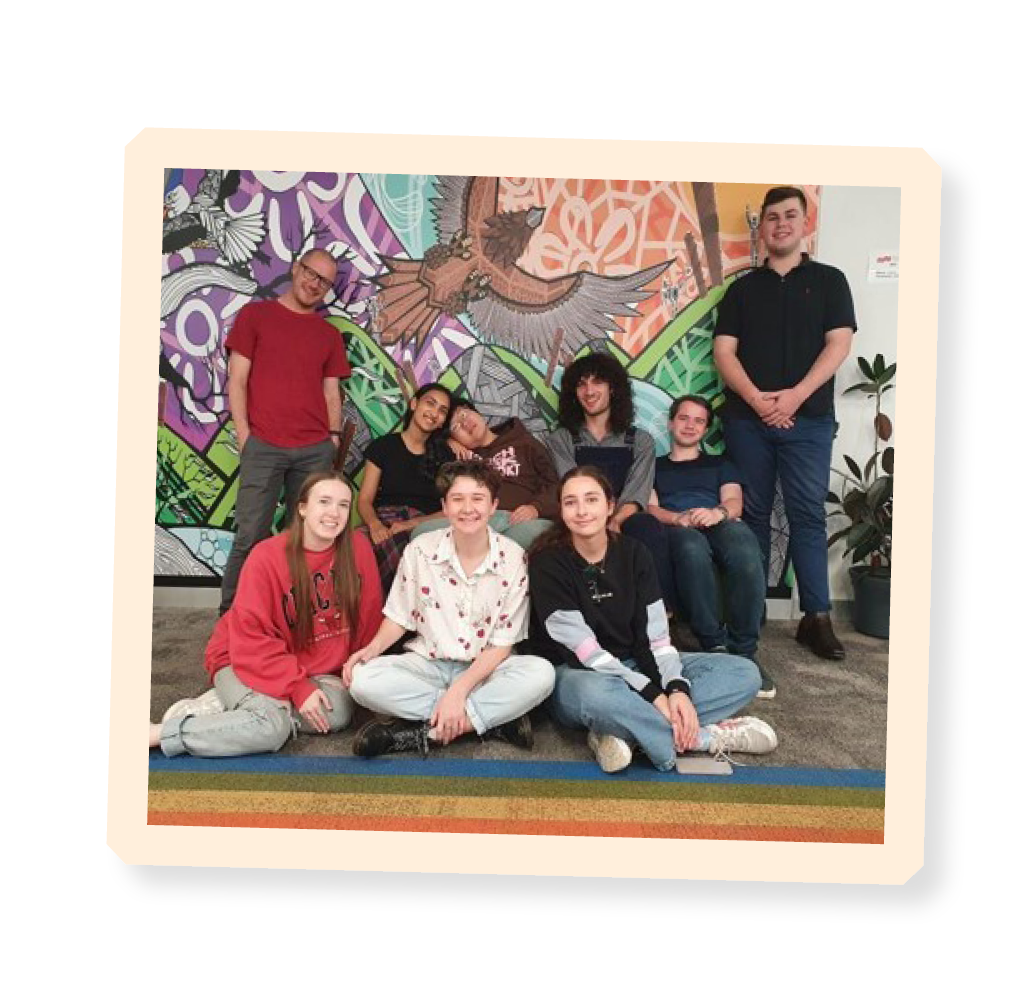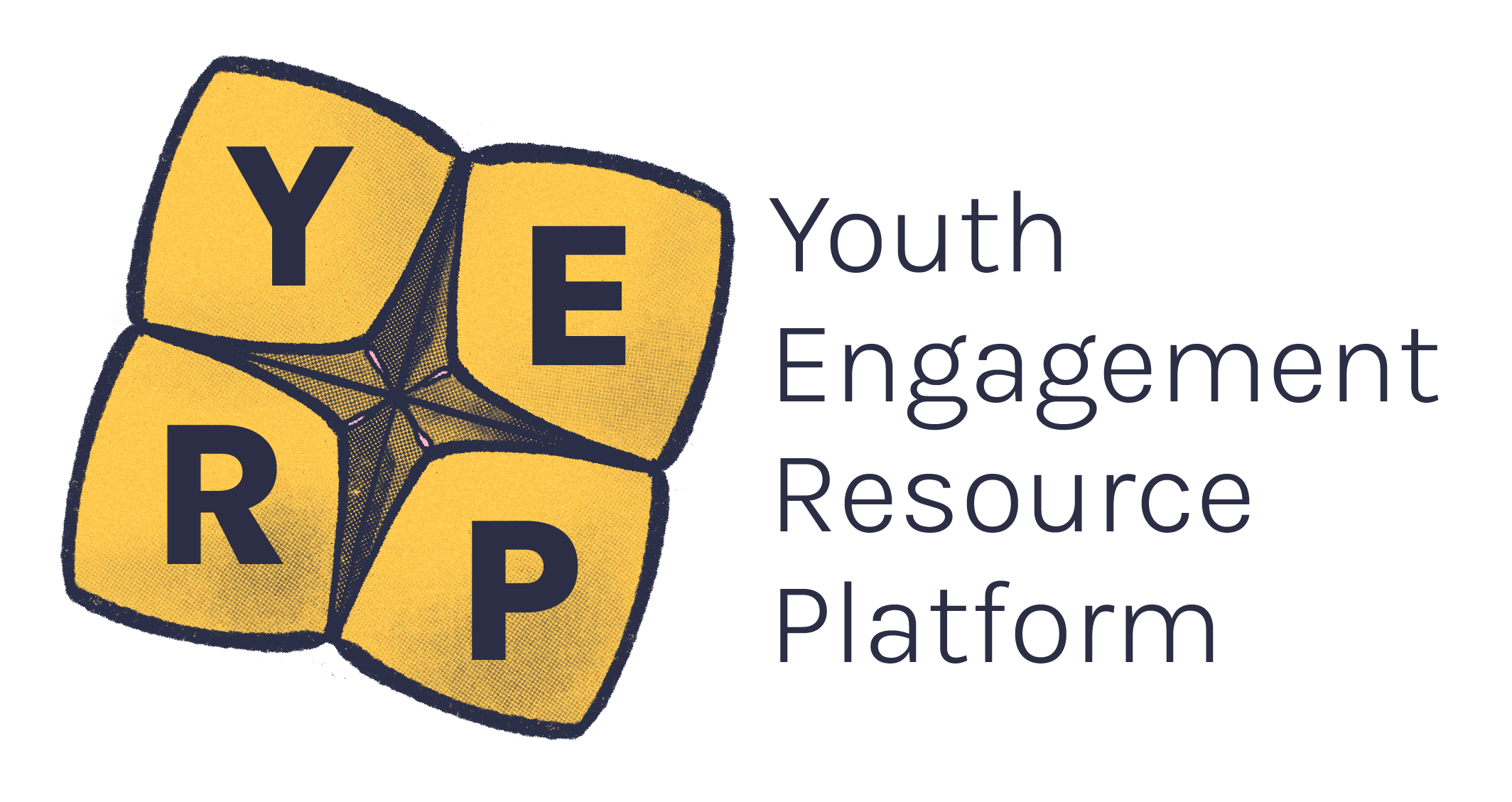Consulting with young people involves asking them for their ideas, experiences, and opinions on issues that they care about. Consultations are a great way to embed the voices of young people in your programs, projects, and research.1

Illustration by Minuki.
Consultations can take many different forms.
Some of these include:
- Workshops, focus groups, roundtables and forums
- Online surveys
- Interviews
- Peer research
Consulting with young people will help you to:
- Understand new and unique perspectives.
- Make better, more informed decisions.
- Provide more suitable services and events.
- Strengthen community connections.
- Achieve more measured, informed outcomes, and suitable policymaking decisions.1
When does it work best?
Consultations work best when young people are heard, respected and valued. They must:
- Be thoroughly planned with and for young people to ensure that they feel comfortable to provide their own opinions on issues that affect them.
- Be inclusive and accessible. If a consultation targets a certain group of young people, ensuring that there are support systems in place for the attendees is crucial for their safety when discussing matters that may potentially be triggering or cause distress.
- Cater for the access needs of young people. A great way to ensure this is asking what the young people’s needs are during the recruitment process.
When won’t it work?
Consultations rarely work if young people are treated as a tick-of-the-box scenario and tokenised for their efforts. It fails to make young people feel like they have a place in these discussions and disrespects their lived experiences.
Large groups can be difficult to navigate and make it harder to ensure that everyone can contribute meaningfully and equally1.
Successful consultations are well planned. Involving young people in the planning right from the start will make the consultation more engaging and accessible for other young people.
You’ll need to decide who will be the best person to carry out the consultation.
- Will it be someone from your organisation or someone independent?
- Could you partner with a youth service or agency?
- Can you support young people to lead the consultation?
Whoever you choose, they must enjoy working with young people, treat them with respect and communicate effectively with them.
You will need to consider the safety of the group through your planning phase.
If participants will be under 18 then you will need to have thought through the child safeguarding implications of the consultation and make sure that you are meeting the requirements of the Victorian Child Safe Standards.
Depending on the topics covered and who will be attending, you will need to carefully work through the ethics of running a consultation and whether you should get ethics approval.
A framework that assumes the person you are working with has experiences of trauma, and incorporates several principles to help support this. Trauma informed approaches should be used whenever working with young people and these will vary depending on the context of your work.
Working in alignment with the Code of Ethical Practice for the Victorian Youth Sector can also help to develop empowering and safe spaces for young people.
To make sure the consultation is inclusive and accessible, take some time to think about how you can respond to the needs of participants and really support young people to be involved.
Be aware that young people’s previous experiences might impact on the consultation.
- Will the consultation bring up personal or potentially distressing issues?
- How will you store young people’s data?
Thinking about ethics, safeguarding and consent will help you plan how you’ll respond if a participant tells you something about their wellbeing or safety that you should act on.
There are a few different ways you can carry out consultations. They can be structured or informal, with individuals or groups. The best method for you (or combination of methods) will depend on your circumstances.
Individuals
- Structured – surveys (online and offline), interviews, internet and social media discussions, hypothetical stories or situations
- Informal – casual conversations, comments and suggestion boxes
Groups
- Structured – forums, reference groups, peer consultations, arts programs, contacting young people’s groups or organisations.
- Informal – group casual conversations, graffiti board, postcards, Short impromptu video interviewvox pops.
A group facilitator should direct conversations within groups, and make sure everyone has an equal opportunity to speak.
Think about how you’ll word things so young people and the community will understand.
- Work together with the young people to establish clear ground-rules from the start such as, ‘everyone has the right to be heard and respected’, or, ‘this discussion is confidential’.
- It’s important to build trust between the facilitator and the participants, and among participants, so keep the atmosphere light and as informal as possible.
- Using facilitators with a deep understanding of the issues or working with young people can help make consultations more empowering for young participants.
- Supporting young people to lead consultations can be a very impactful way to develop peer-led conversations.
A consultation is typically done in one session, however, you may like to consider how many consultations need to be run in order to meet any demographic requirements.
Each question asked in a consultation should be the same across any additional consultations, to ensure consistency across data.
For consultations over a long period, think about strategies to keep young people engaged.
- Provide regular updates, celebrate participants’ efforts and recognise any gains, no matter how small.
- Broaden young people’s roles so they’re engaged at different levels.
- Consider training participants to carry out further consultations with other young people.
Incentives can encourage young people to participate in the consultation or recognise them for their time and effort.
You should pay young people an honorarium payment for their contributions, but you may also offer to pay young people’s travel expenses, or compensate young people with a gift voucher.
By paying young people, you show them that you value their time and expertise.
What you do after the consultation is just as important as planning for and during the consultation itself.
A few things you can consider:
Create opportunities for participants to debrief after the consultation, especially if personal or potentially distressing issues have been raised.
- Feedback to young people and acknowledge their contributions. Explain to young people how the information they provided will be used.
- Show participants the outcomes of the consultation. What real impact have their contributions made?
- Provide them with a copy of a report, or similar evidence that demonstrates outcomes.
- A thank you email or letter will always be well received!
Remember: avoid over-consulting with the same young people. There are lots of young people out there, who have differing views and ideas! If you need help to find them, get support from your local youth service.
Check out YACVic’s ‘A Seat at the Table’ resources. It’s a guide to meaningful youth engagement, participation and inclusion.
They were developed for the purposes of engagement in disaster responses but the ideas and information on consulting young people, committees and advisory bodies are transferrable to any situation.
Download three fact sheets on all things youth participation and disaster recovery.
- Kellet, M. (2011). Engaging with Children and Young People. Centre for Children and Young People, Southern Cross University.
- Youth Affairs Council Victoria. (2004). Consulting young people about their ideas and opinions, A handbook for organisations working with young people. https://www.yacvic.org.au/assets/Documents/1.-Consulting-Young-People-About-Their-Ideas-and-Opinions.pdf





